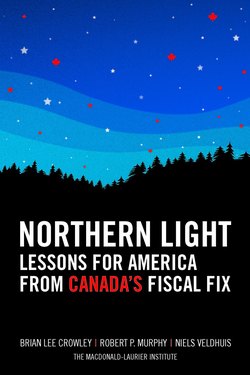Читать книгу Northern Light: Lessons for America from Canada's Fiscal Fix - Robert P. Murphy - Страница 36
На сайте Литреса книга снята с продажи.
The Centralization of Federal Power
ОглавлениеEarlier we showed the general increase in federal spending, tax collection, and debt issuance over the 20th and 21st centuries. However, not only has the federal government grown faster than the private sector, it has also grown relative to state and local governments. In other words, the US trend toward bigger government has gone hand in hand with a trend toward more centralized government in Washington, D.C.
As with spending, on the taxation side the federal government has grown relative to state and local governments. In 1929, the federal government collected 35 percent of all receipts, while in 2011 the figure was 54 percent.
For instance, federal spending has gradually consumed a larger share of total government spending in the United States, even disregarding the temporary surge in federal spending during World War II. In 1929, federal spending constituted only 26 percent of total government spending, whereas by 2011 it constituted 63 percent.
As with spending, on the taxation side the federal government has also grown relative to state and local governments. In 1929, the federal government collected 35 percent of all receipts, while in 2011 the figure was 54 percent. If revenue and spending are measures of power and influence, then clearly Washington has gathered more power to itself in recent decades, whether it is relative to the private economy or to state and local governments.
